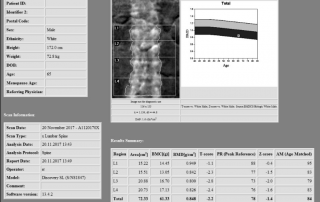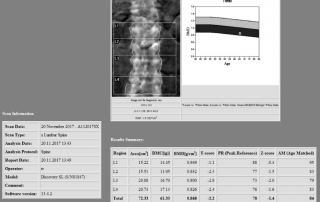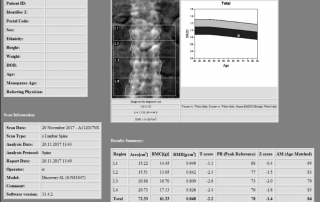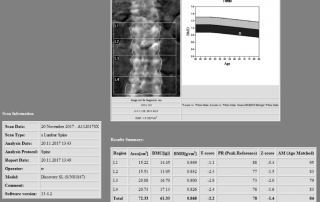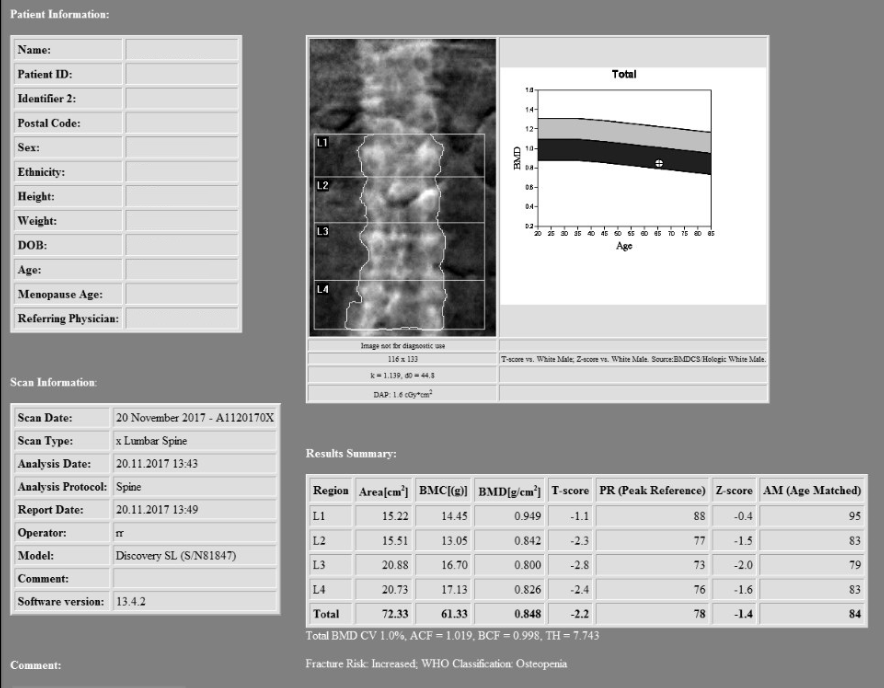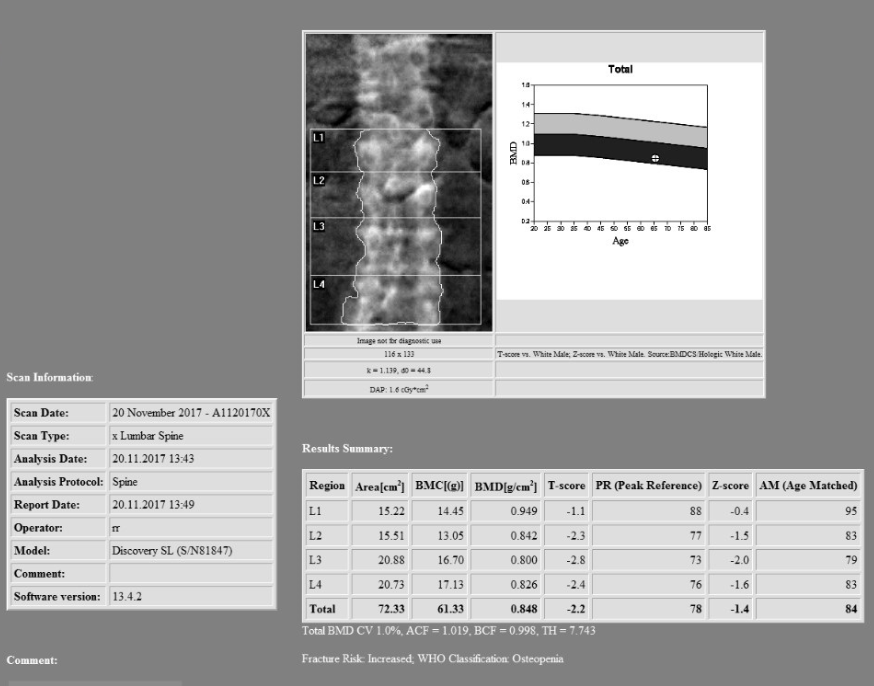Pukka-j recently installed a new radiology teaching archive at Queen Margaret University to help the department deliver teaching images to radiography students.
A windows server has been configured with the Pukka-j teaching archive to provide access to example radiology images to students. The images are being sent to the archive via a Pukka-j Nexus service running in the hospital network with a DICOM connection to the hospital PACS. The Nexus service has been configured with the anonymisation plug-in such that any identifiable information is removed from the DICOM header of the images as they pass through. Because of the streaming nature of the Nexus service, the images are not cached locally and pass though the service, being modified as they are transferred. In addition to the anonymisation plug-in, the Nexus service has been setup with the redaction plugin so as to remove any demographics in the banner from any ultrasound images and also from the report screen captures of the Dexa images. DICOM SRs also pass through the service and are attached to the study on the teaching archive. These SRs are reviewed at the university, to remove any information that is not required before being made available as part of the study. The images show how the Dexa screen captures have the patient information removed during redaction.

